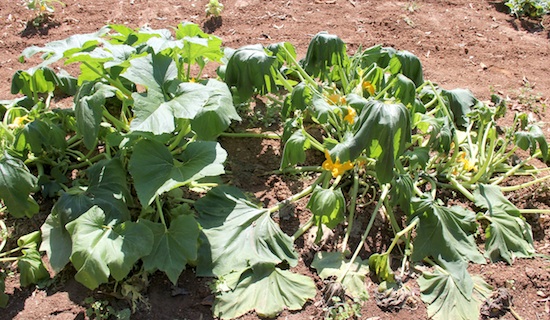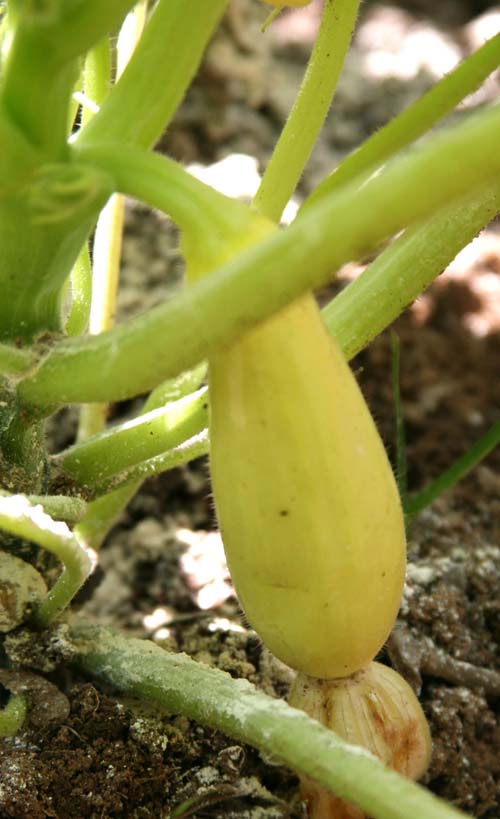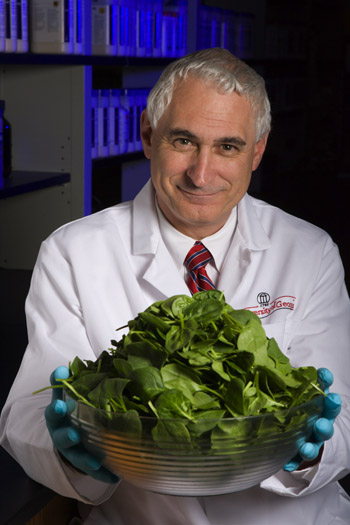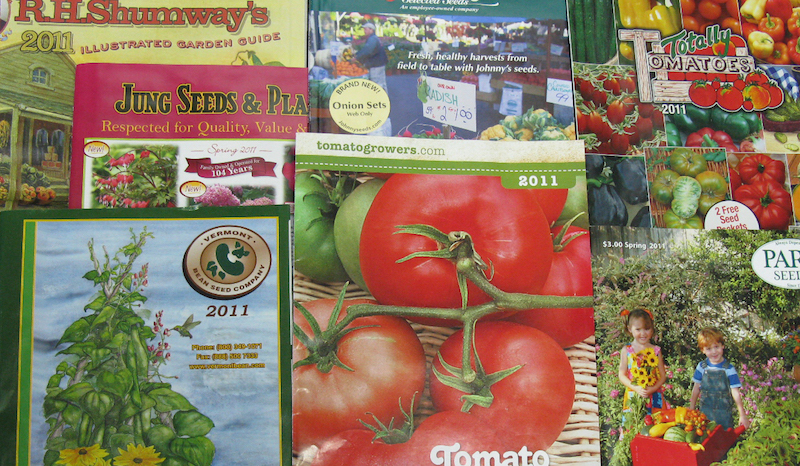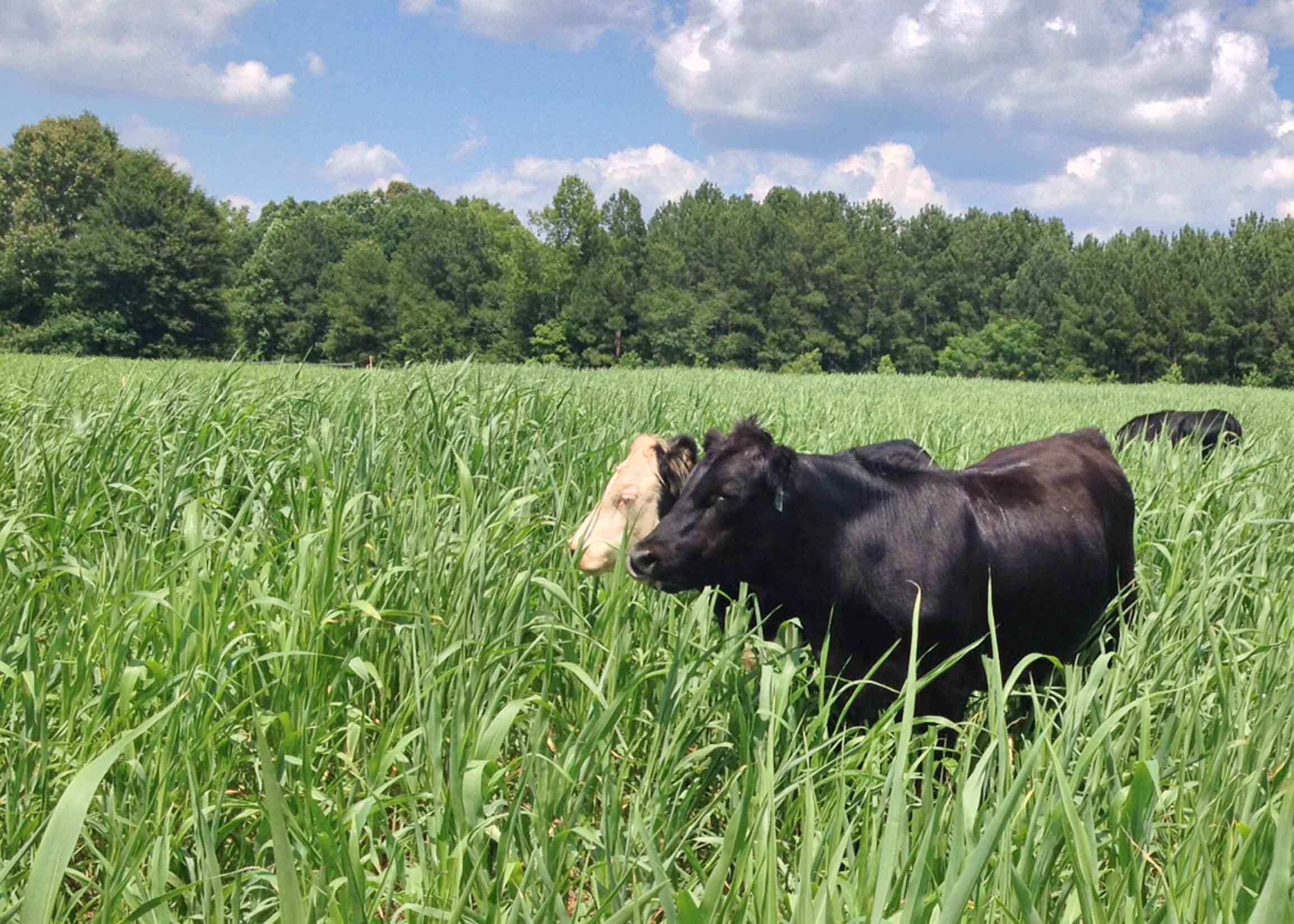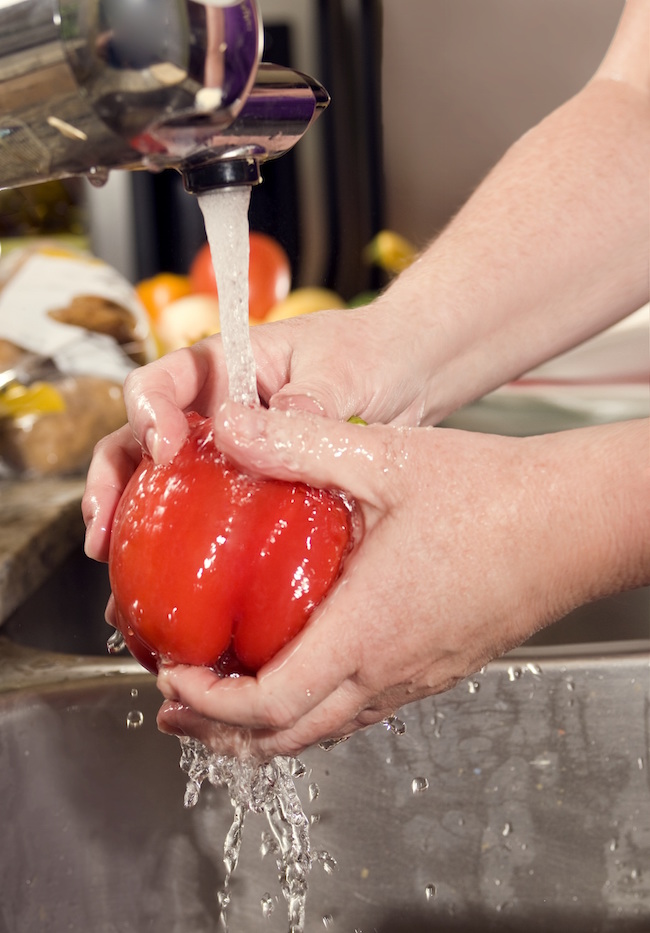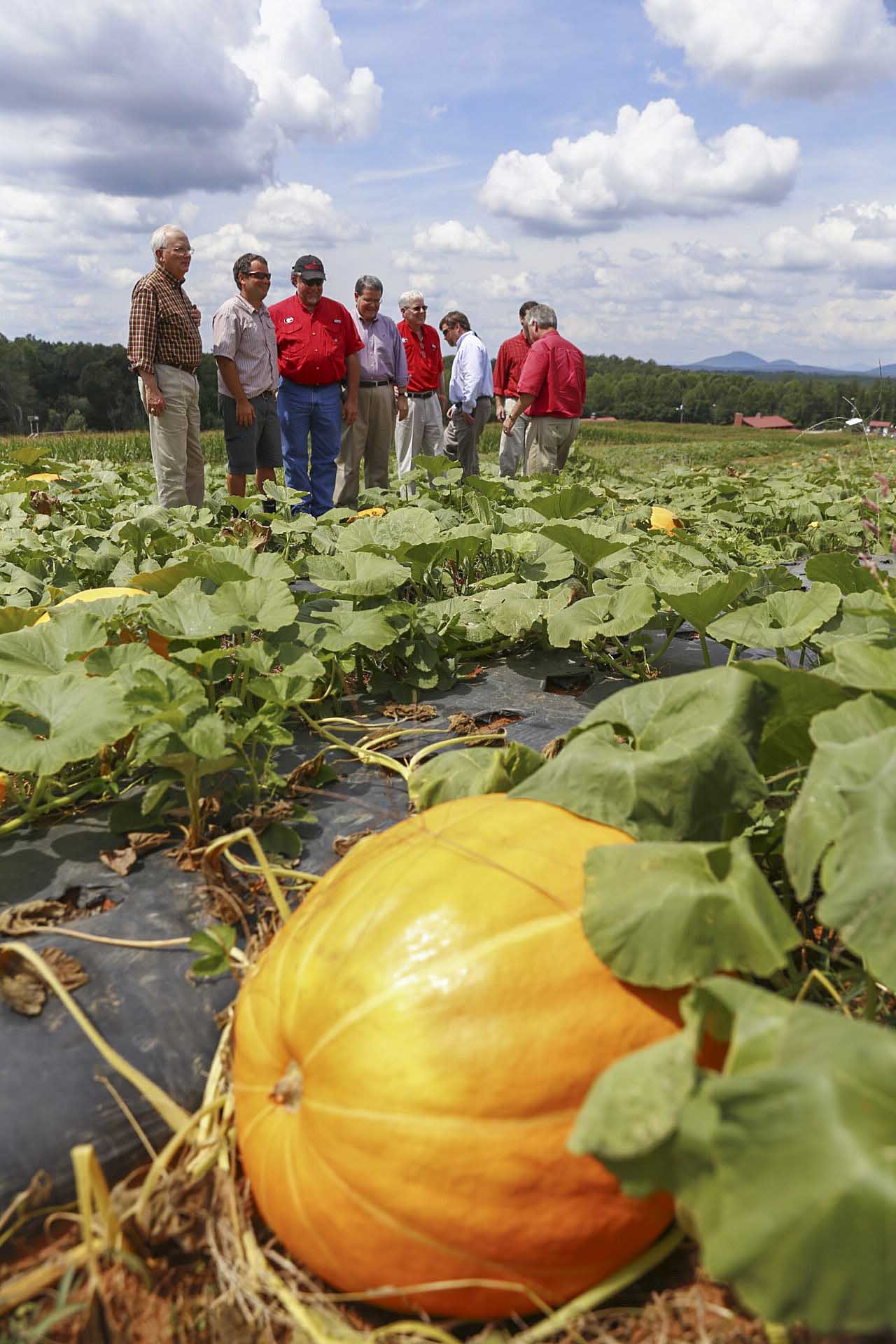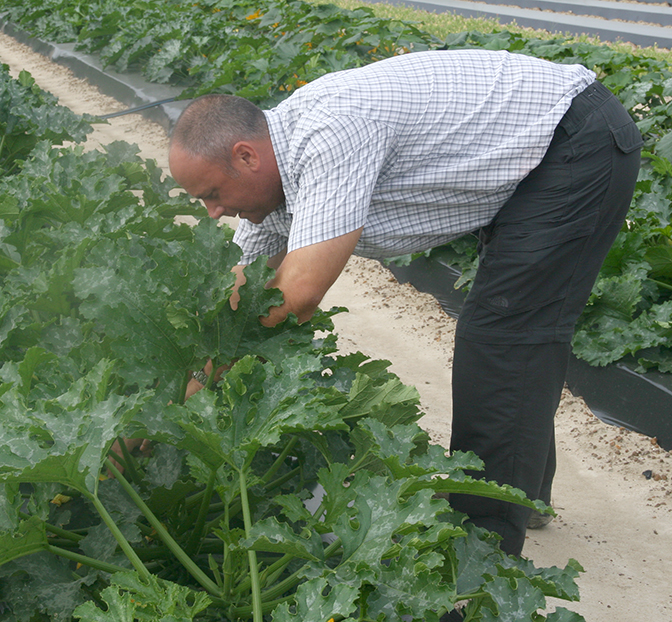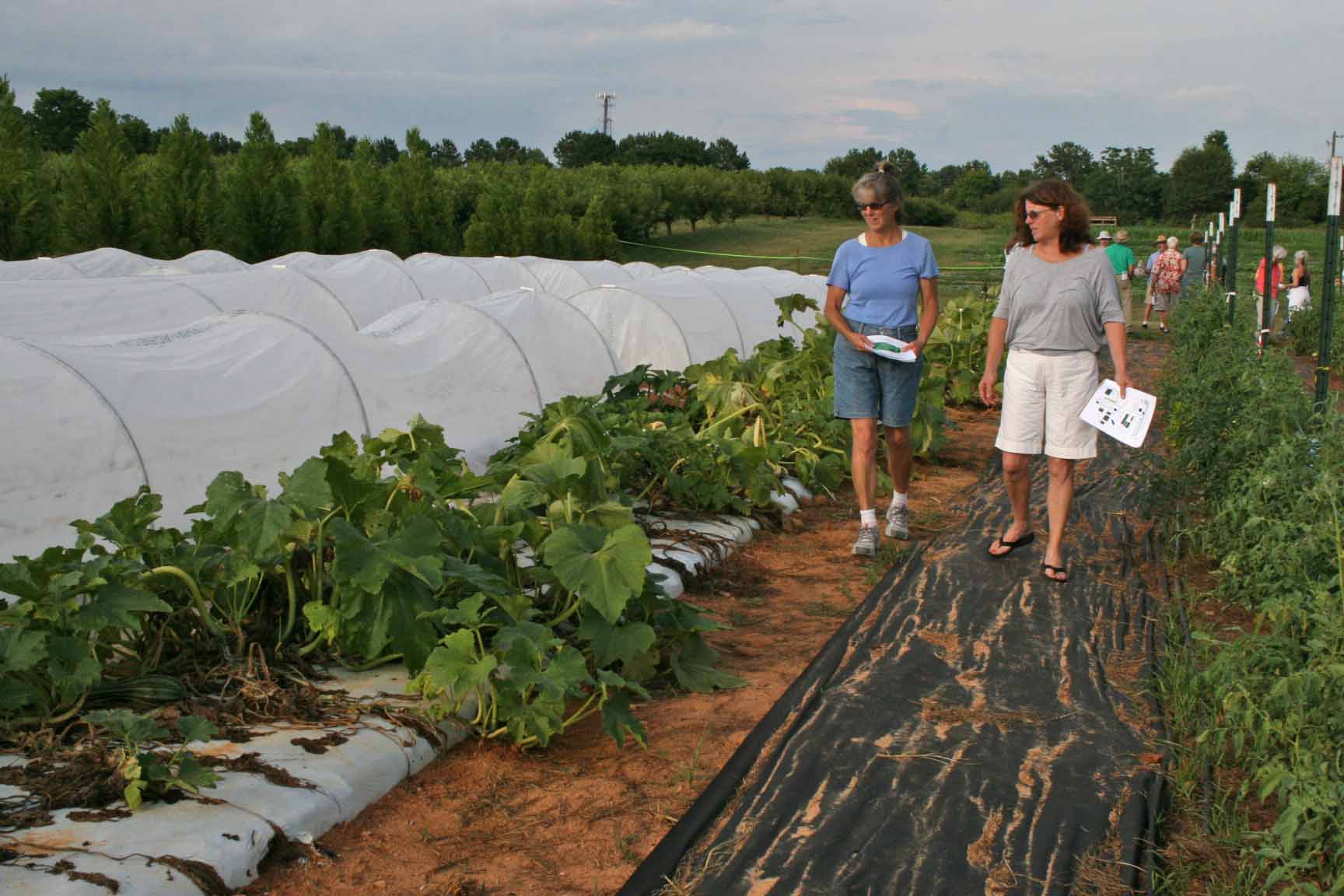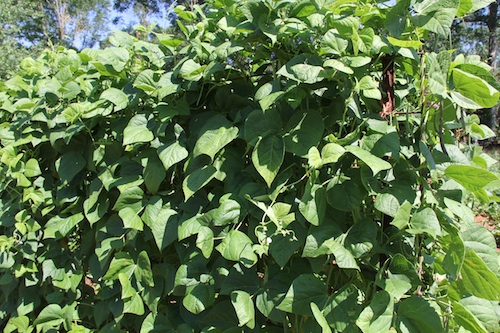 CAES News
CAES News
Garden Plan
This time of the year gardeners get excited about their soon-to-be-planted spring vegetable gardens. They envision lush rows of perfect pods of peas, scrumptiously delicious sweet corn and big, beautiful tomatoes. University of Georgia Extension urges gardeners to wait and put some thought and vision into their garden first.

